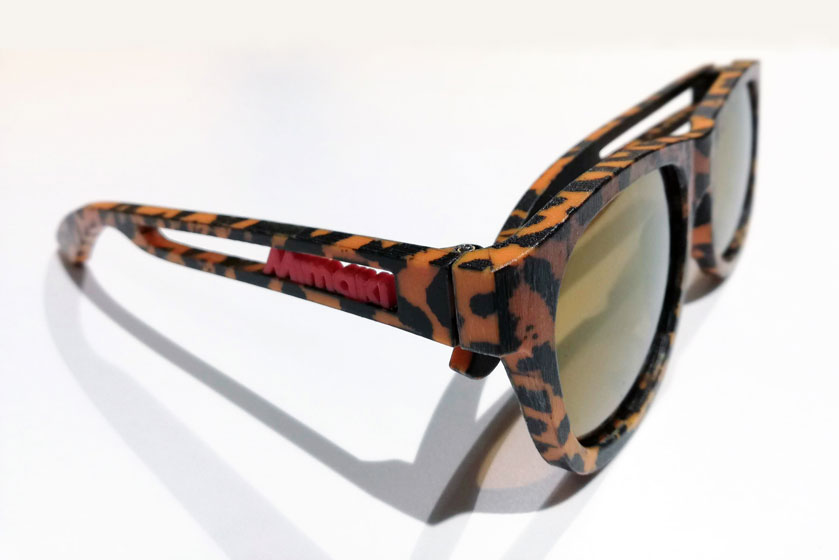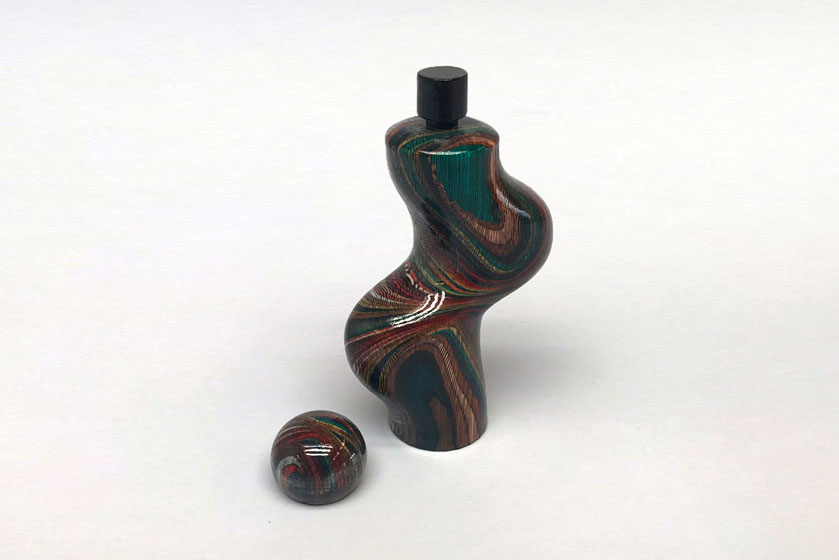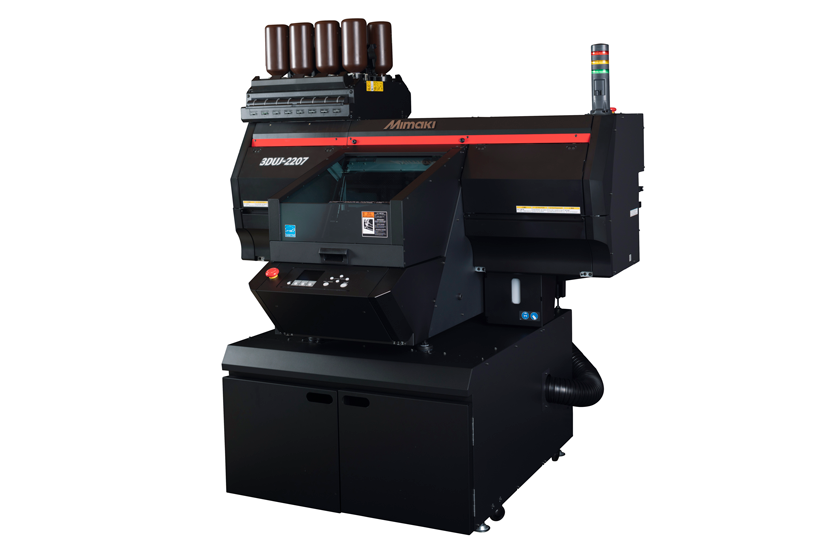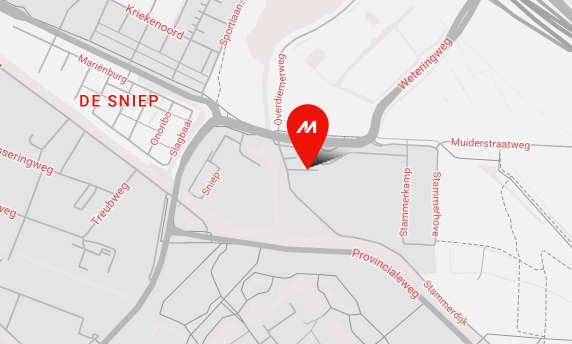
Mimaki’s 3D application specialist, Jordi Drieman, explains.
Developing a product or part can be a long process for even the most experienced or creative design team. Unless they can 3D print their prototypes.
In many cases, using 3D printing technology can be a game changer when it comes to a more streamlined, cost-efficient, and creative design process. Here is why…
1. Quality – The first reason to chose to 3D print a prototype is the improved quality when compared to more traditional methods of prototype production. The colours and textures achievable with 3D printing – especially with Mimaki’s 3DUJ-553 and 3DUJ-2207 systems, that have been designed for accurate reproduction of over 10 million colours – make the prototype virtually indistinguishable from the actual product that the team foresees. Even if the product has complex, interlocking parts, 3D printers can produce prototypes with numerous pieces fully and correctly assembled, ready for approval.
Being able to visualise a product design in such a realistic and precise way, enables the design team to clearly communicate their vision, speeding up more constructive feedback to quickly progress the design process.
2. Efficiency – Not only can the quality of a 3D printed prototype speed up approvals of a design concept, but often the speed of 3D printing increases the efficiency of the design to production workflow too. In addition, once the feedback on an initial concept has been received, design iterations can be made by simply adjusting the 3D file and therefore, implemented more quickly and cost-effectively. The time saved at this stage not only enables a smoother, less challenging route to product approvals, but could even enable a quicker go-to-market strategy – crucial for many brands needing to react to market demands as fast as possible.
3. Creativity – With time and cost restraints at a minimum when 3D printing prototypes, designers can also enjoy more creative freedom. They can fully explore and experiment with different concept ideas or create multiple versions of one product prototype, with even the most minor changes to the design. The freedom to visualise more concepts than resources would usually allow could lead to a more innovative end product. An exciting prospect for any brand!
For more information about how to use 3D printing to create more effective prototypes, or to find out more about Mimaki’s 3D technology, please visit https://acc.mimakieurope.com/industries/3d/.





